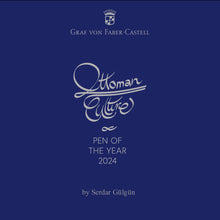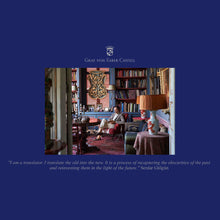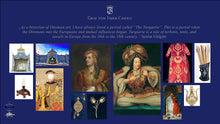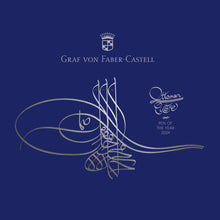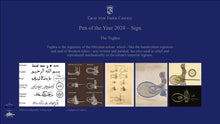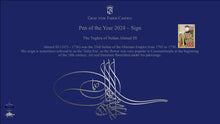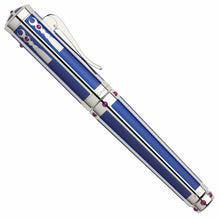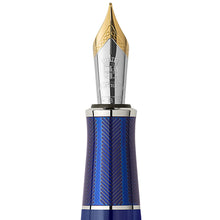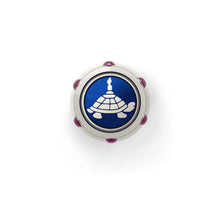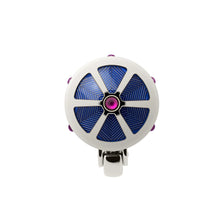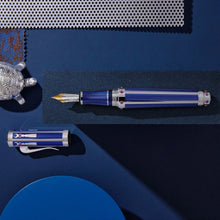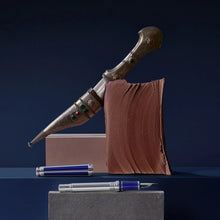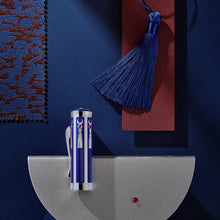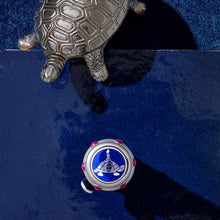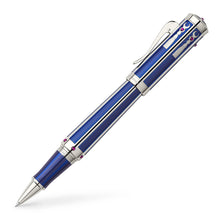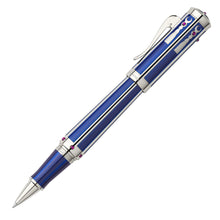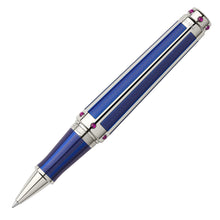
"I am a translator. I translate the old into the new. It is a process of recapturing the obscurities of the past and reinventing them in the light of the future." Serdar Gülgün
As a historian of Ottoman art, I have always loved a period called “The Turquerie”. This is a period when the Ottomans met the Europeans and mutual influences began. Turquerie is a tale of turbans, tents, and tassels in Europe from the 16th to the 18th century.
The Tughra Tughra is the signature of the Ottoman sultan, which - like the handwritten signature and seal of Western rulers - was written and painted, but also used in relief and reproduced mechanically as the sultan's imperial signum.
The Tughra of Sultan Ahmed IIIAhmed III (1673 - 1736) was the 23rd Sultan of the Ottoman Empire from 1703 to 1730. His reign is sometimes referred to as the 'Tulip Era', as the flower was very popular in Constantinople at the beginning of the 18th century. Art and literature flourished under his patronage.
Pen of the Year 2024 – Ottoman culture - Splendor under the canopy of a tent. Ottoman-inspired tents adorned numerous European parks and palace gardens during the "Turquerie“ movement, while entire rooms in castles and stately homes were furnished in the Turkish style. Those blue-and-white striped tents, adorned with tassels and arrow patterns, were my greatest source of inspiration for the Pen of the Year.
Priceless Adornments. Rubies, Gold and Tulips. To adorn jewelry, weapons and precious items, the Ottomans used generous amounts of sparkling gemstones. Likewise, the barrel and cap of the Pen of the Year are adorned with 18 rubies, each 2.2 millimeters in diameter.
The engraved tortoise in the domed end piece of the Pen of the Year not only represents the luck it promises, but also recalls an event from the Tulip Era. Ottoman sultans fastened candles to the shells of live tortoises and watched the animals wander leisurely through their magnificent tulip gardens at night, casting a mystical light on the flowers – in homage to contemplation and taking things slow.
A genuine treasure is also hidden inside the Pen of the Year 2024: the platinum-plated inner sleeve is decorated with embellishments and becomes visible when the barrel is unscrewed.
- The barrel and cap are adorned with 18 synthetic rubies (size per stone: 1.1 mm height, 2.2 mm diameter)
- All metal parts are platinum plated and high polished
- 18-carat Magnum Bicolor gold nib
- Domed end cap with engraved turtle symbol – a lucky charm in the Ottoman culture
- Guilloched barrel and cap with blue lacquer inlays
- Cap with symbols of crescents and tassels
- Caps end piece reminiscent on a tent dome
- Guilloched front piece with blue lacquer inlays
- To activate the piston system, the entire barrel needs to be unscrewed - the inner sleeve is adorned with eleborate decorations

















